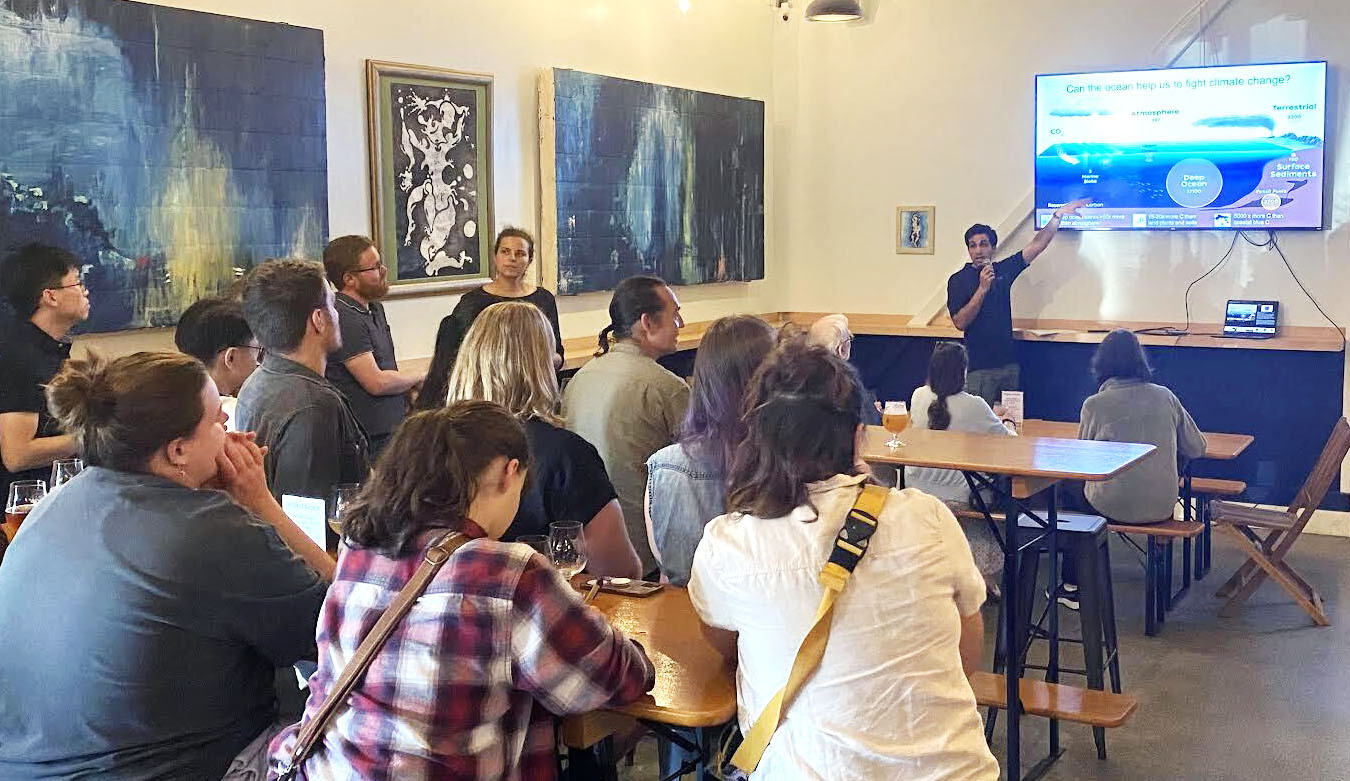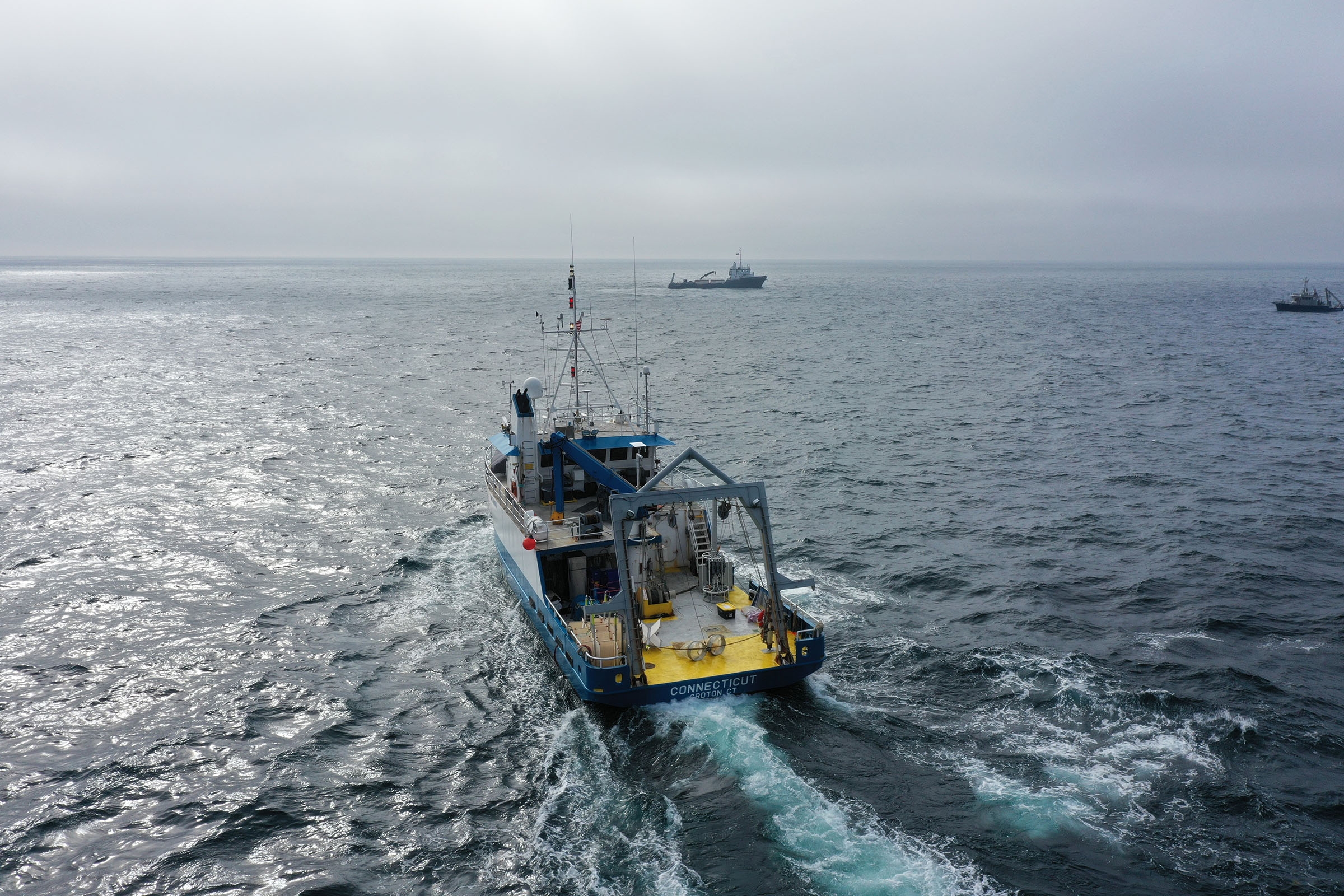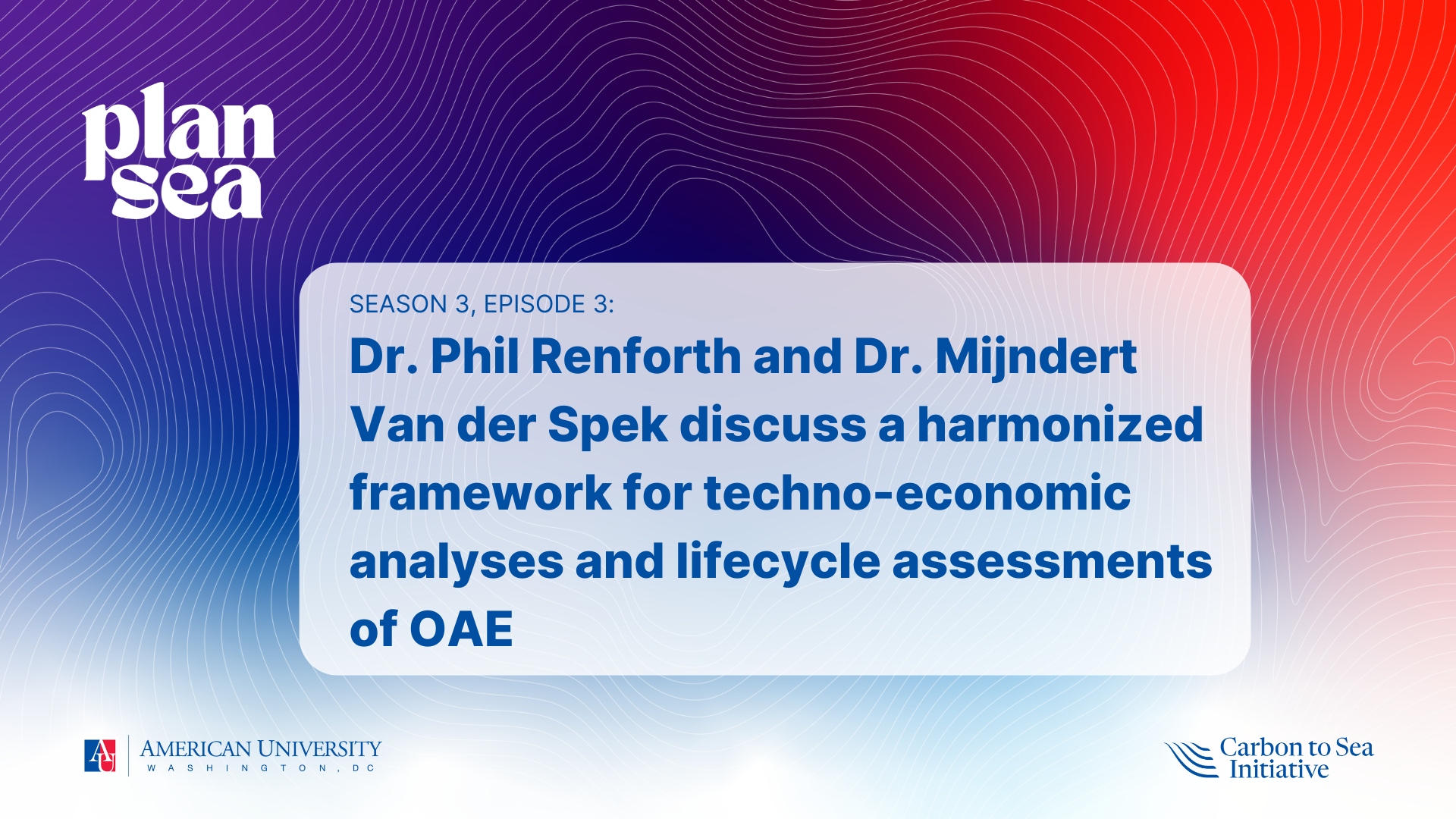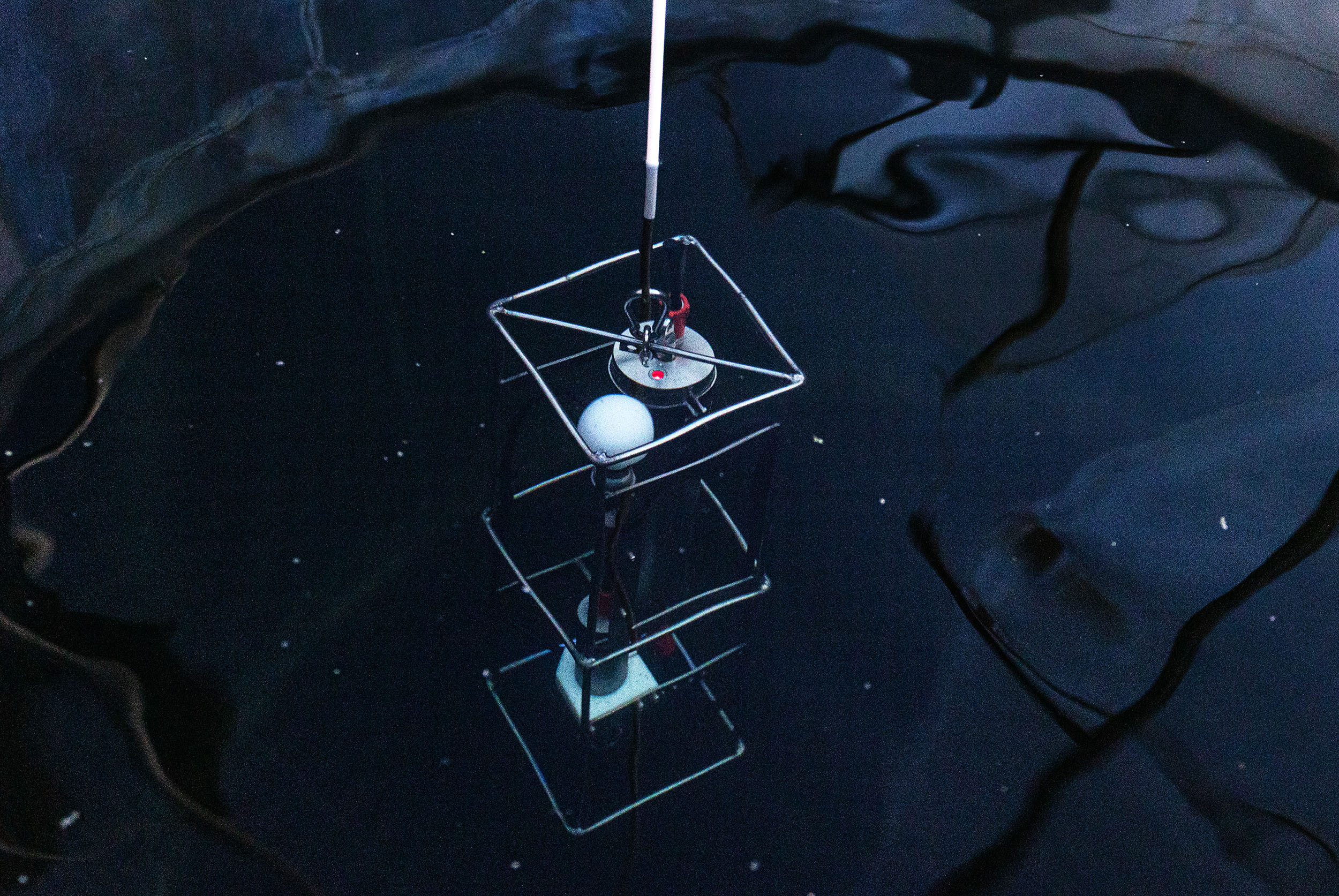The Woods Hole Oceanographic Institution (WHOI) — a Carbon to Sea grantee — announced that the U.S. Environmental Protection Agency (EPA) has approved in-water scientific research for this summer. The permit enables foundational research on ocean alkalinity enhancement (OAE) under highly controlled and monitored conditions. The project will provide transparent, non-commercial research on OAE’s carbon removal effectiveness and assess environmental impact.
The permit enables a research team led by Dr. Adam Subhas to temporarily add alkalinity, in this case sodium hydroxide, to surface waters off the Gulf of Maine. Sodium hydroxide is commonly used to purify drinking water, and offers scientists more precision control over quantity and rate of dispersion to ensure more accurate results.
This builds on other recent OAE-related research permits in Southampton, New York, Duck, North Carolina, and Port Angeles, Washington, but it is the first permit issued by EPA under the Marine Protection, Research, and Sanctuaries Act (MPRSA) for oCDR. The issuance of this permit clarifies the permitting pathway for responsible environmental research in the United States. The EPA conducted an extensive review of the project over nearly two years, earning strong scientific support.
As a result of that exhaustive review and the stringent environmental requirements, the permit should build confidence that current law can enable responsible research alongside appropriate environmental safeguards. Several important elements include:
Policymaker and Community Engagement: WHOI conducted substantial and deep public engagement starting in the earliest days of the research design and approval processes. The research team underwent two public comment periods as part of the EPA’s permit approval and incorporated feedback solicited from key stakeholders into the revised research plan. After receiving feedback on the initial research proposal, the team was able to first test and validate their approach at an open-air, 10-million-liter U.S. Navy facility in New Jersey. Further, after receiving input from the fishing community, the team prioritized additional research on Calanus – a crucial food source for various fish.
Beyond the public comment periods, WHOI also proactively engaged local communities in over 50 events, listening sessions, and surveys to ensure that local stakeholders were informed about research plans and had opportunities to provide feedback. That kind of extensive engagement work is never “complete,” but it is critical to start early and develop a robust plan – identifying who to talk to, how, and when, over an extended period of time. That’s the only way to ensure the best outcomes for the public.
Environmental Impact Mitigation: Extensive lab research and modeling indicate that the alkalinity will dilute in less than 12 seconds to levels safe for drinking water and marine life while the temporary increase in alkalinity will help speed-up the seawater’s natural carbon drawdown ability. The EPA “agrees with the applicant’s reasonable estimate that the seawater pH would be expected to be below 9 within 12 seconds from the release of the sodium hydroxide solution.” The dispersal vessel, or “transport vessel,” will pump seawater from the front of the boat while the alkalinity is dispersed from the back. This dual system — all happening while the boat is in motion — is intended to churn the seawater and promote alkalinity dilution to avoid unintended impacts on the marine environment. That vessel will also be accompanied by a “following vessel” – a heavily instrumented scientific research vessel – which will monitor pH levels from dispersion in real-time, in order to adjust or even terminate the alkalinity release at any time — for example, if any marine mammal is spotted within a wide radius of the transport ship. Notably, WHOI first conducted a study using nontoxic tracer dye in 2023 to validate their in-water monitoring plans.
Robust Monitoring Standards and Transparency: The project represents a first-of-its-kind opportunity to comprehensively assess OAE’s environmental safety and measure carbon removal associated with the addition of alkalinity. The EPA-approved research plan utilizes exceptionally advanced and comprehensive monitoring, reporting and verification (MRV) approaches in order to answer these questions in a robust and accurate manner. This includes measuring a broad range of physical, chemical, biological, optical, and particulate aspects; leveraging a range of sensor mechanisms including ship-based, underwater autonomous, surface drifting, aerial, and remote satellite sensors; significant baseline sampling work; high-quality data practices; and an extensive focus on assessing direct and indirect ecological effects. The EPA and US Coast Guard also maintain authority to inspect and oversee all research operations, and the research team will produce publicly-accessible reports. Notably, the research site has substantial baseline data coverage, thanks to 50 years of continuous surveys conducted by NOAA which the researchers will draw upon as they evaluate any environmental changes.
This research effort will add to a growing base of evidence focused on assessing environmental impacts of OAE, building on work in the lab and mesocosm setting that environmental impacts are likely minimal. In recent years, bipartisan U.S. policymakers have called for exploration of ocean-based carbon dioxide removal strategies, like OAE. The National Academies of Science, Engineering, and Medicine also identified OAE as a high-potential approach and called for additional research on its safety and efficacy. Woods Hole’s project offers a unique opportunity to answer these calls by analyzing the impacts of OAE in a real-world, closely-monitored environment. All data and publications associated with the project can be found on the project website: https://locness.whoi.edu/publications/
Carbon to Sea is grateful to the EPA and Administrator Lee Zeldin for helping to ensure this project is held to the highest environmental and community standards. This approval marks an encouraging new permitting pathway for OAE researchers, that we hope can be a model for other projects and countries looking to advance common sense ocean science research.
We’re eager to see the project get underway in the coming months, and will continue to share updates from the field.




